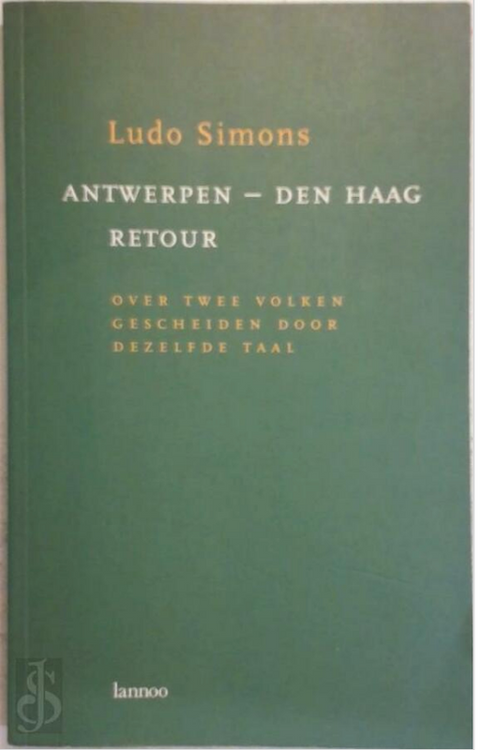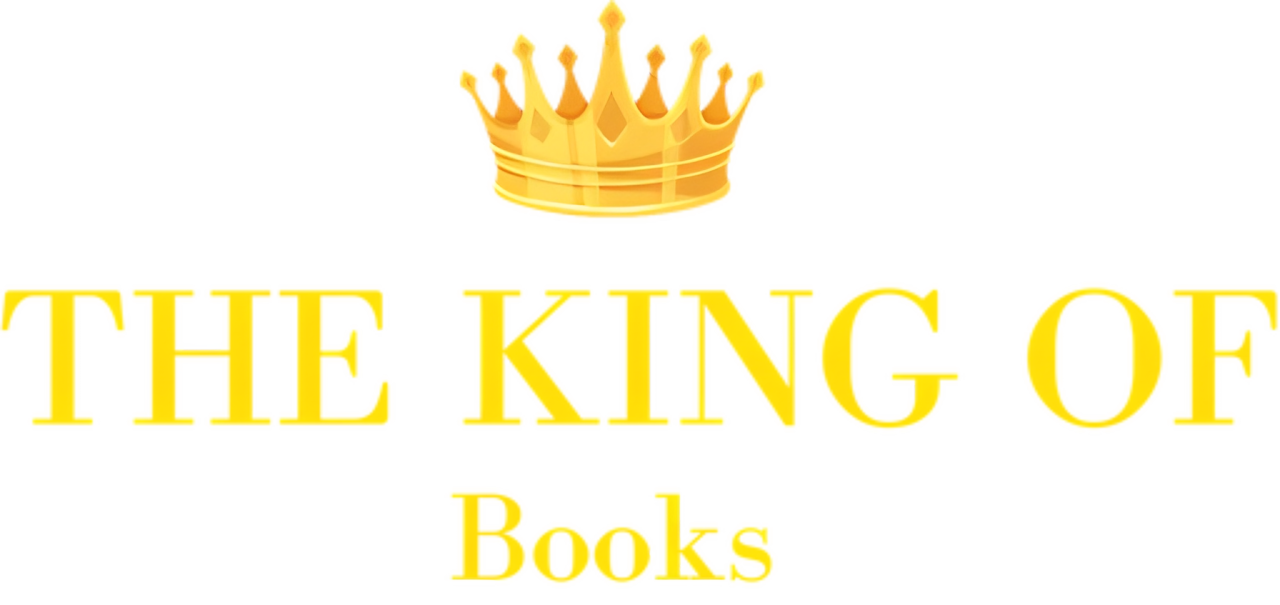
Antwerp-The Hague return: about two peoples separated by the same language
* Essays on well-known and lesser-known facets and figures from two centuries of cultural separation and rapprochement between the Netherlands and Flanders This book is about our first 'Great Netherlander', the Fleming Jan Baptist Verlooy at the end of the eighteenth century, but also about Johan Fleerackers, who died ten years ago, the most important advocate in Flanders of cultural 'integration' in the recent past. It outlines the revolutionary climate after 1830 in Antwerp, when Great Netherlanders such as Jan Frans Willems were silenced and others, such as the Antwerp city librarian Frans Hendrik Mertens, preferred to remain silent themselves. It again examines the controversy surrounding Pieter Geyl, who between the two world wars strove for a reunification - a cultural? a political? - of the Dutch 'tribe.' And it outlines, in a rewritten and updated version of a previously published controversial essay, the linguistic, literary and cultural-political dimensions of what the author, with an oft-quoted metaphor, called the ravine between Essen and Roosendaal. quotes About The ravine between Essen and Roosendaal: 'A particularly quick and original essay.' Marita de Sterck in Boekengids 'A Château with a spicy bouquet and a pleasant aftertaste.' Gaston Durnez in De Standaard 'A small miracle of brevity. Simons speaks as if it were printed and he writes as he speaks: light-hearted, entertaining, precise.' Aad Nuis in Ons Erfdeel 'Ludo Simons writes a Dutch that is indistinguishable from the real thing.' WF Hermans in Elsevier

Free and fast delivery

Same day shipping




